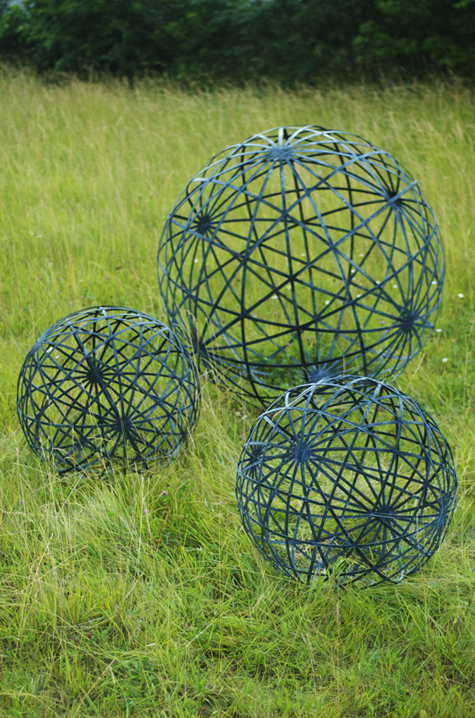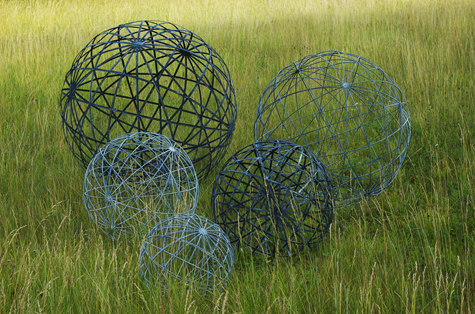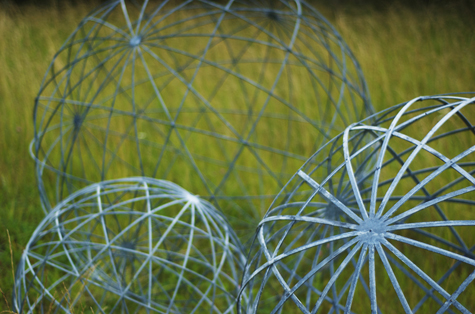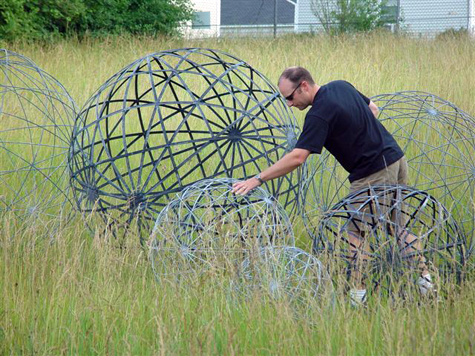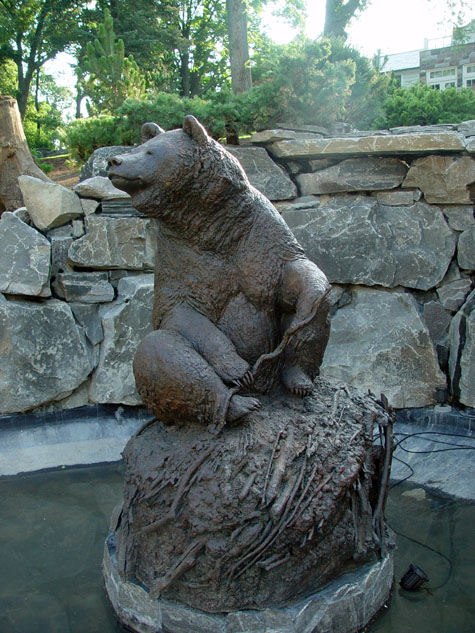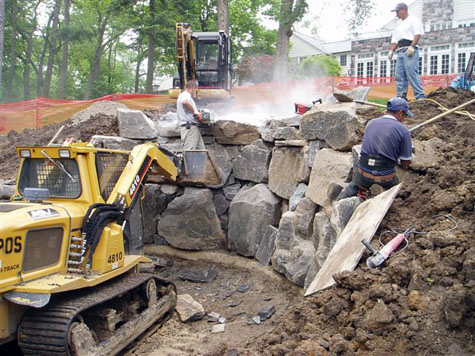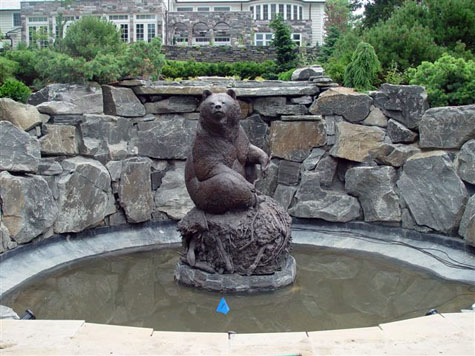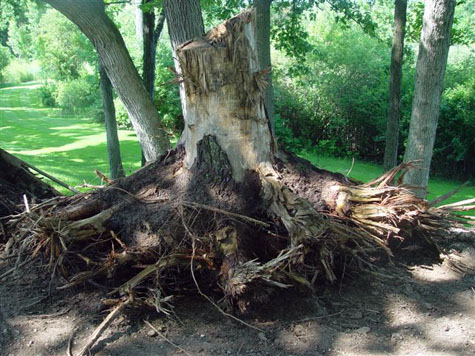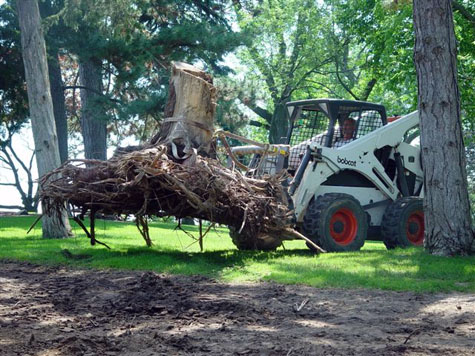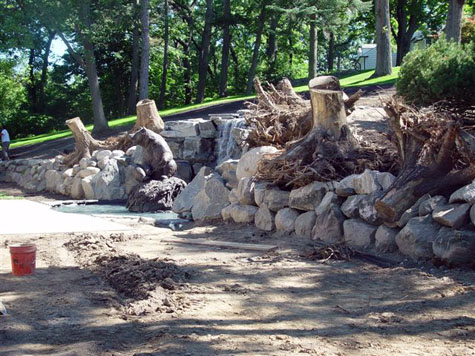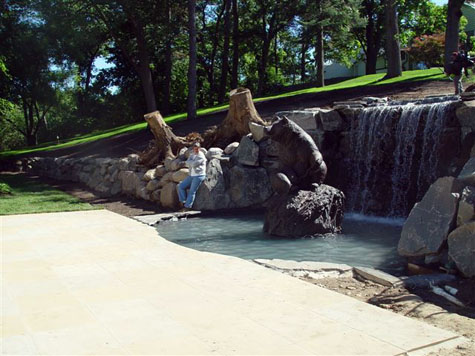I have spent the last two days, and Memorial Day yet to come, talking to gardening clients about what to do. What pots are right? What shall I plant in those pots? What trees would be good; I need some shade. How can this perennial garden be a little better than last year? What is my problem, that I can’t grow columbines? What do I do about the woodchucks, the chipmunks, the rabbits, the neighbor’s dog and the Japanese beetles? What will tolerate all the wind off the lake, the heat of the pavement, the soccer ball? There’s excitement in the air; the season is in session. There’s grumbling about the cold spring, the vicious winter that claimed this old tree wisteria and heaved up a slew of new perennials planted a shade too late the previous fall. We are talking about graduation parties, potato salad, where to get grill parts, do you favor powerwashing decks, or not? Needless to say, given all the activities that come with being able to live a little outdoors, I have talked a lot the past 2 days.
But the best advice I have: plan your moves. Pick a project. A reasonably sized project. Master plan the next 5 years of your landscape in the winter. If your landscape is important, its not a Memorial Day emergency. If your garden is an emergency, its not that important. Get organized. Cut out pictures of things you like. Make a file; write your thoughts, then figure out what about each picture interests you-with people there are threads that can be woven together to make something. If you try for everything and everywhere all at once, nothing will be thoroughly executed, and everything will show the lack of focus. We Americans live such crazy lives-take a two hour lunch, and dream a little.
Read up on all those annuals and perennials you see only in leaf-do not succumb to buying only those things you see in bloom. So much of a garden is about seduction-give in to it, but be good natured about the outcome. Do not succumb to pictures in catalogues-a photograph records only 1/125 of a second in the garden-do read about things you like-assess their staying power. Visit other people’s garden’s. Move things around. Go for broke. Hang back, if something makes your pulse go quiet. Most everyone has an imagination that works, if you give some time to letting it work. Read the tags, ask for help, take notes. Give it some time. Be in charge of your garden; no one cares about it more than you do.
In short, do something. This season is in session.

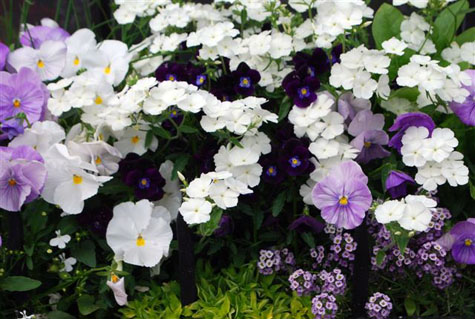
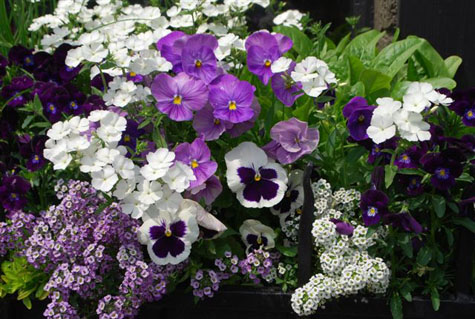




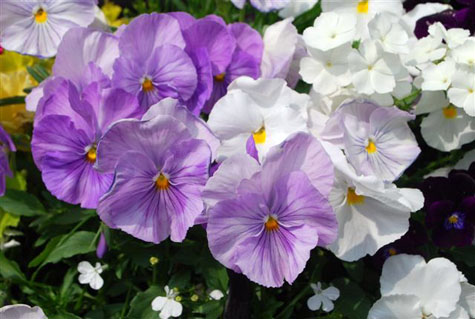
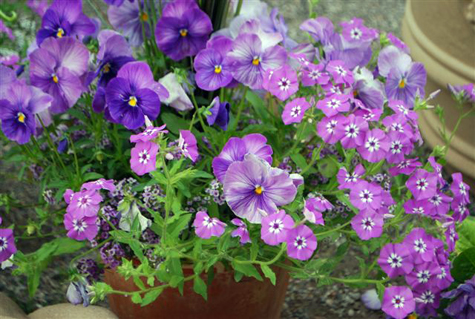
 Though I am fond of almost every geometric shape, I am especially enamored of spheres. Spheres in any material or arrangement.
Though I am fond of almost every geometric shape, I am especially enamored of spheres. Spheres in any material or arrangement.


